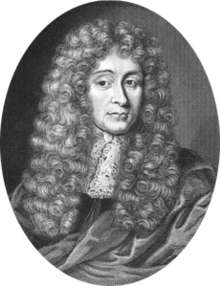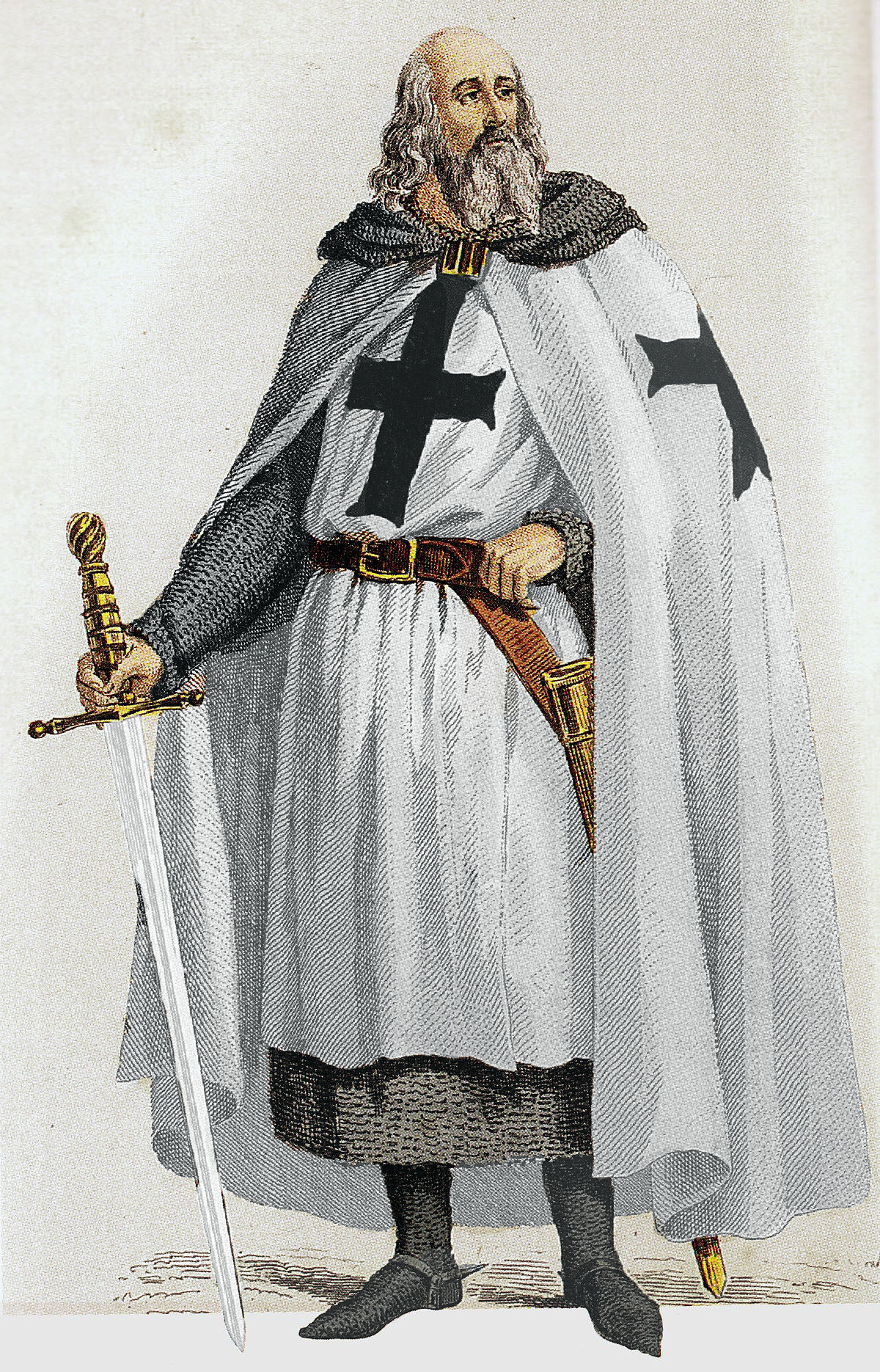(This is an extract from “Historical Consideration of the Origin and Development of Freemasonry” by Arthur Edwards Waite published in its entirety in 1923)
Less than forty years after the foundation of Grand Lodge , Knightly Orders begun to develop with titles , in some cases , being borrowed from the old institutions of Christian Chivalry.
The invention was so successful that those Orders multiplied from 1754 to the threshold of the French Revolution. New denominations were being devised when the old titles were exhausted and many rituals established.
Twenty years after the date of the London Grand Lodge and when that of Scotland may not have been twelve months old, the memorable Scottish Freemason Andrew Michael Ramsay,  delivered an historical address in a French Lodge in Paris, in the course of which he explained that the Masonic Brotherhood arose in Palestine during the period of the Crusades, under the protection of Christian Knights, with the object of restoring Christian Churches which had been destroyed by Saracens in the Holy Land.
delivered an historical address in a French Lodge in Paris, in the course of which he explained that the Masonic Brotherhood arose in Palestine during the period of the Crusades, under the protection of Christian Knights, with the object of restoring Christian Churches which had been destroyed by Saracens in the Holy Land.
The foster-mother of Masonry, was the Chivalry of St. John.
Ramsay left the Masonic arena after that speech and died in the early part of 1743, but his discourse produced a profound impression on French Freemasonry. He offered no evidence, but France undertook to produce the creation of Rites and Degrees of Masonic Knighthood, no trace of which is to be found prior of Ramsay. Their prototypes were the Knights of Malta, the Knights of the Holy Sepulchre, the Knights of St.Lazarus – all under the Papal seal – and the Order of Christ under the patronage of the Portuguese Crown. There is no need to say that those Religious and Military Orders have nothing in common with the Operative Masonry of the past. When the story of a secret perpetuation of the old Knights Templar rose up within Freemasonry, it came about that the Templar element overshadowed the dreams and pretensions of other Masonic Chivalries, or, more correctly, outshone them all. The Chevalier Ramsay never spoke of the Templar ; the points of his statements were that :
- the hypothetical building confraternity of Palestine united with the Knights of St. John of Jerusalem;
- that such fraternity became established in various countries of Europe as the Crusaders drifted back;
- that its chief centre , in the thirteenth century , was Kilwinning in Scotland.
But the French and German Masonic minds went on to work upon this thesis, and in presenting the Craft with the credentials of Knightly connections, it substituted the Order of the Temple for the Chivalry chosen by Ramsay. The Battle of Lepanto in October 1571  and the Siege of Vienna had invested the annals of the St. John Knighthood with a great light of valour. But this was little in comparison with the attraction which, for some reason, attached to the Templar name and was magnified when the proposition arose that the great chivalry had continued to exist in secret from the days of Philippe le Bel even to the second half of the eighteenth century. But of course there is no evidence of any Rite or Degree of Masonic Chivalry prior to 1737, the date of the discourse of Ramsay.
and the Siege of Vienna had invested the annals of the St. John Knighthood with a great light of valour. But this was little in comparison with the attraction which, for some reason, attached to the Templar name and was magnified when the proposition arose that the great chivalry had continued to exist in secret from the days of Philippe le Bel even to the second half of the eighteenth century. But of course there is no evidence of any Rite or Degree of Masonic Chivalry prior to 1737, the date of the discourse of Ramsay.
According to the Rite of the Strict Observance the proscribed Order was carried by its Marshal, Pierre d’Aumont, who escaped with a few other Knights to the Isles of Scotland, disguised as Operative Masons. They remained there and under the same veil the Templar Order continued to exist in secret from generation to generation under the shadow of the mythical Mount Heredom of Kilwinning.
The first Masonic Chivalry Order which put forward the story of the Templar origin was The Strict Observance , founded by Baron von Hund in Germany between about 1751 and 1754.
The Story of the origin
The story goes that the Templar Order began in poverty, but Baldwin II, King of Jerusalem, gave them a house in the vicinity of the site where Solomon’s Temple had been built. When it was put in repair by Hugh de Payens and the rest of the first Brethren, their digging operations unearthed an iron casket which contained priceless treasures. Chief among them was the process of the Great Work in Alchemy, in other words the secret of transmuting metals, as it had been communicated to Solomon by the Master Hiram Abiff.
Only in this way it is possible to account for the wealth which adorned and characterised the First Temple. The discovery also explains the wealth acquired by the Templar Order and which it later led to their destruction. Traitors who knew of the secret, although they had not themselves attained it, revealed the fact to Clement V and Philip the Fair of France, and the real purpose of the persecution which followed was to wrest the transmuting process from the hands of its custodians. Jacques de Molay and his co-heirs died to preserve such secret but three of the initiated Knights made their escape and after long wandering from Country to Country, they found refuge in the caves of Mount Heredom. They were helped by Knights of St. Andrew of the Thistle, with whom they made an alliance and on whom they conferred their knowledge. To conceal it from others and yet transmit it through the ages , they created the Masonic Order in 1340; but the alchemical secret, which is the physical term of the Mystery, has only ever been reserved to those who can emerge from the veils of allegory , that is to say, for the chiefs of St. Andrew of the Thistle, who are Princes of the Rosy Cross and the Grand Council of the Chapter.
There is nothing in this story that can be taken seriously but this is not to say that there is no vestige of possibilities behind it. In which case the old material would then have been worked over and adapted to Masonic purposes, inspired by the oration of Ramsay.
Edited by Aldo Reno (Febr 2018)
- His Majesty’s Servant , David Garrick Esq – Freemason ? - June 7, 2024
- Influencia de la Masonería en Chile - April 29, 2024
- Pomegranate in Freemasonry – its significance - March 11, 2024
